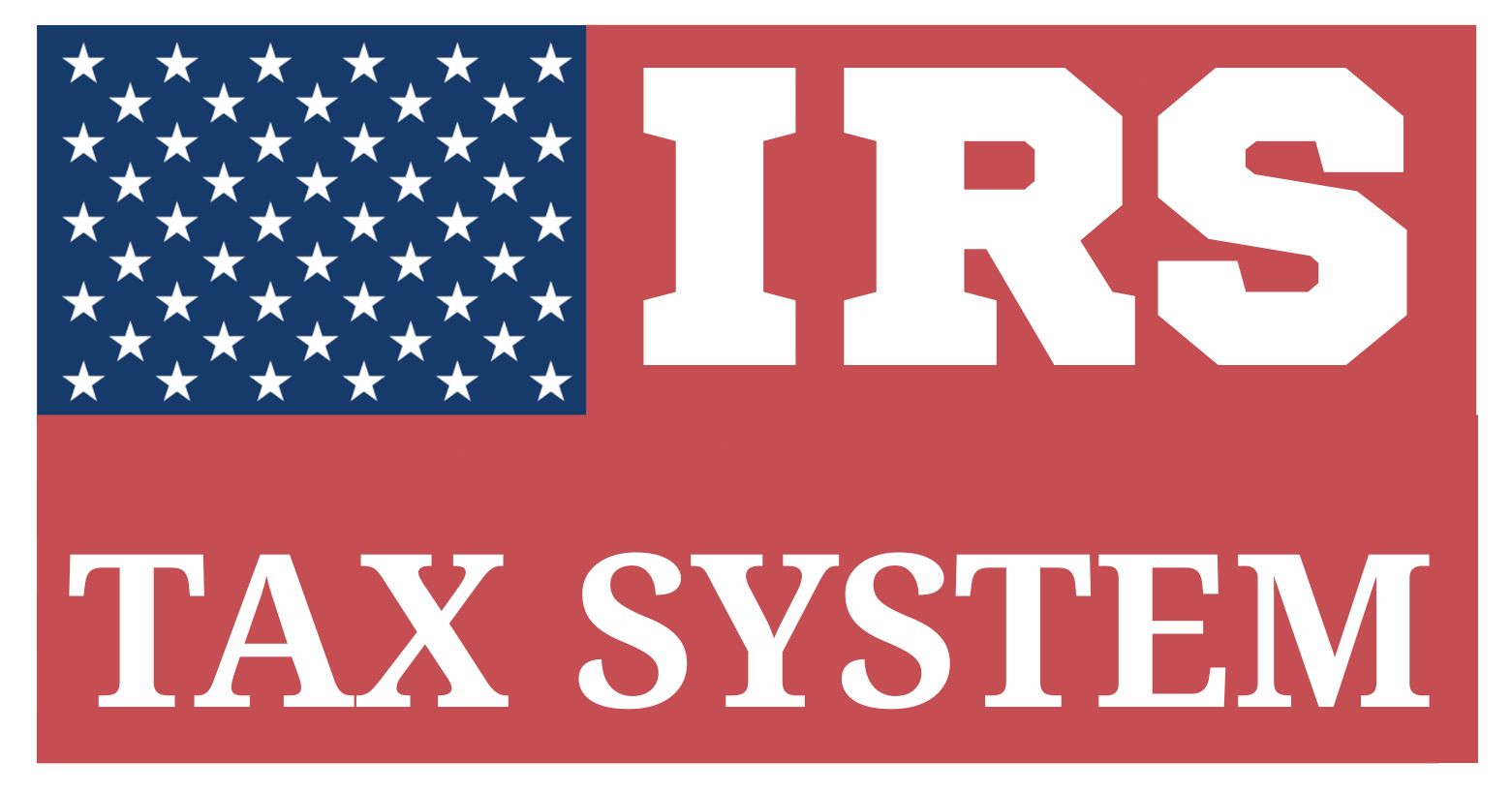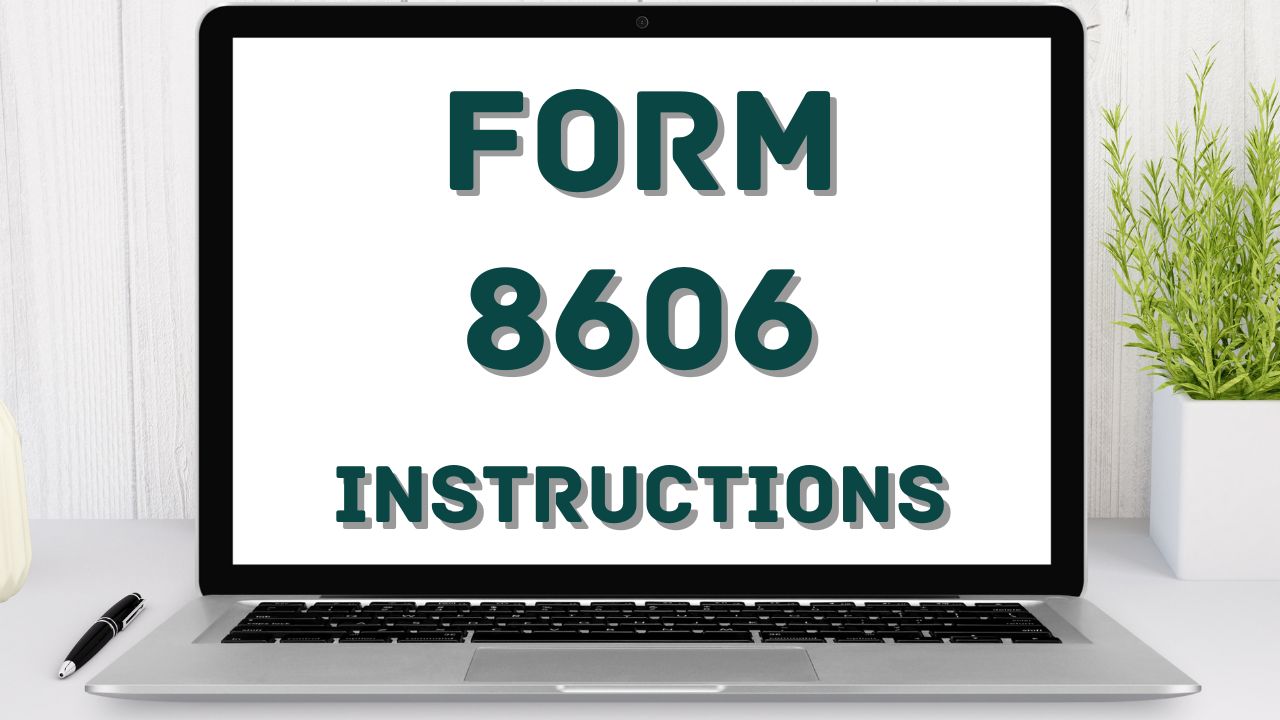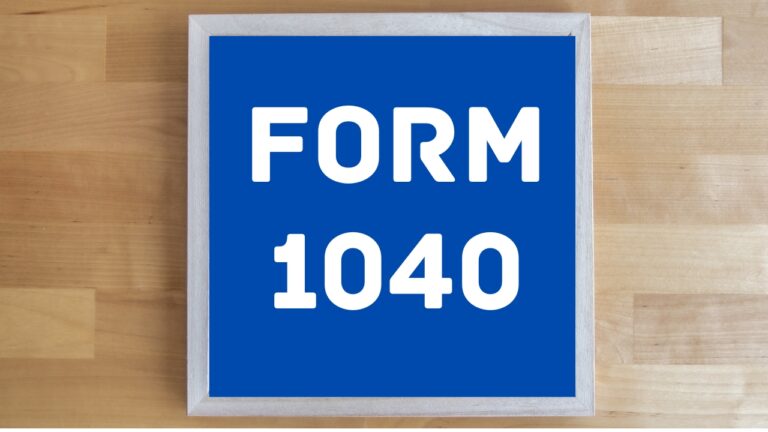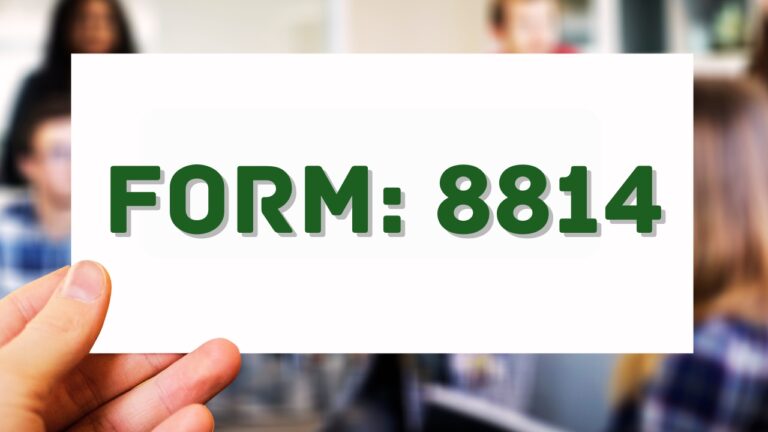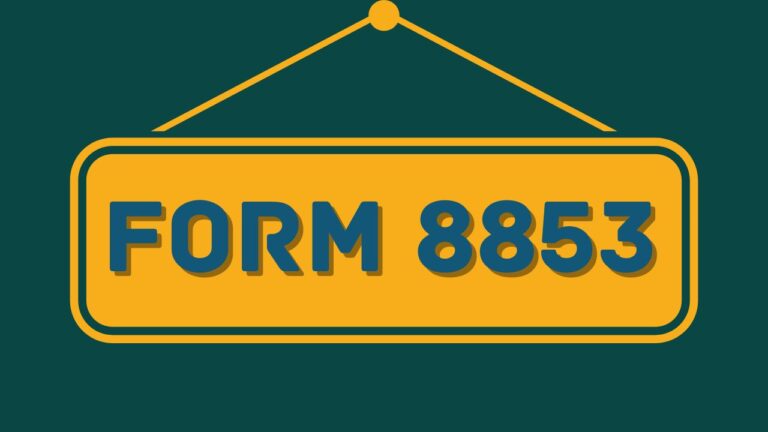Form 8606 Instructions: Best Informative Review
Table of Contents
Form 8606 Instructions: Unlock Tax Efficiency and Take Control of Your Retirement Funds
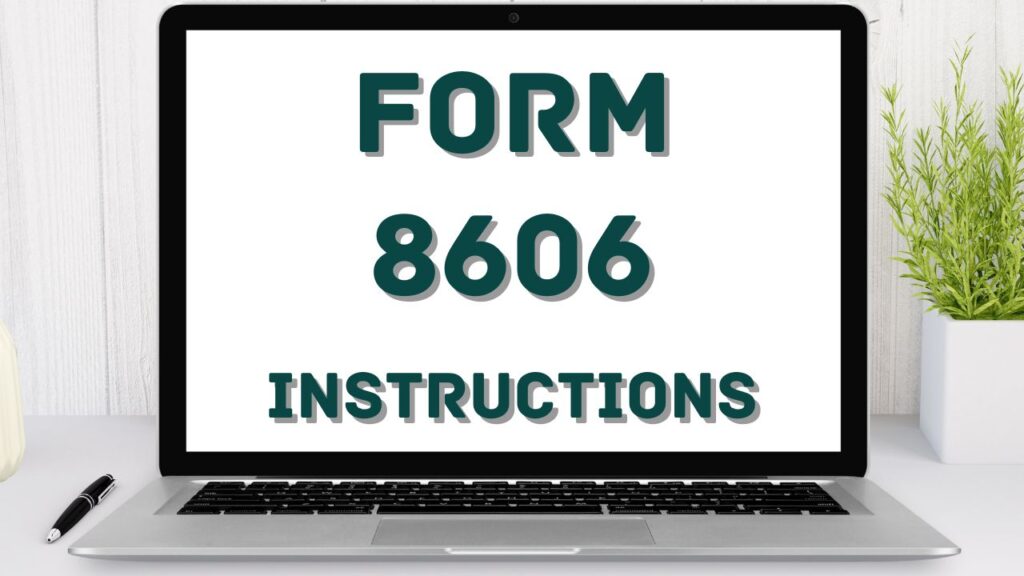
IRS Form 8606 Instructions, titled “Nondeductible IRAs”, is an official tax document used to report and track after-tax (nondeductible) contributions to traditional IRAs, and to calculate the taxable portion of IRA distributions, conversions to Roth IRAs, and withdrawals from Roth IRAs under specific circumstances.
This form is vital in ensuring that you are not taxed twice on the same funds—especially important when you’ve made non-deductible IRA contributions, taken IRA distributions, or initiated a Roth conversion.
Why Form 8606 Matters?
Most IRA contributions are pre-tax and deductible. However, when you make non-deductible (after-tax) contributions—due to income limits or personal choice—you must track this “basis” using Form 8606. Without it, the IRS assumes your entire IRA distribution is taxable, potentially leading to double taxation.
Who Must File IRS Form 8606?
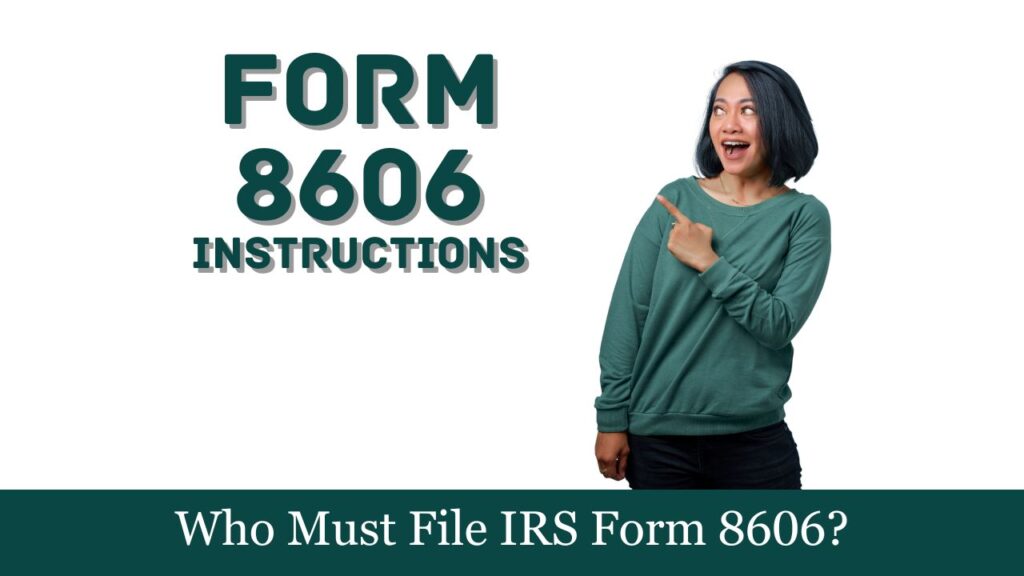
IRS Form 8606 must be filed by U.S. taxpayers who engage in certain IRA-related transactions that involve after-tax contributions, Roth conversions, or non-qualified distributions. Failing to file when required can result in penalties, double taxation, and reporting errors that may impact your retirement tax strategy.
Here’s a comprehensive list of situations that require you to file IRS Form 8606:
1. You Made a Nondeductible Contribution to a Traditional IRA
If your income exceeds the deduction limits for a Traditional IRA, but you still contribute, that contribution is after-tax (nondeductible). Part I of Form 8606 must be filed to:
- Report the nondeductible contribution.
- Record the after-tax portion of your IRA to ensure it’s not taxed again in the future.
Example: You are covered by a workplace retirement plan and your income is above the threshold for deducting IRA contributions, but you still contribute $7,000 to a Traditional IRA. You must report this on Form 8606 to avoid paying tax on this same $7,000 again when you withdraw it later.
2. You Took a Distribution from a Traditional, SEP, or SIMPLE IRA and Have a Nondeductible Basis
If you’ve ever made nondeductible contributions to an IRA and you take a distribution, the IRS needs to know how much of it is taxable income versus a return of after-tax contributions.
Filing Form 8606 ensures only the taxable portion is reported on your return.
Example: You made $20,000 in nondeductible IRA contributions over several years. This year, you take a $10,000 IRA withdrawal. If Form 8606 isn’t filed, the IRS may treat the entire amount as taxable income.
3. You Converted a Traditional IRA (or SEP/SIMPLE) to a Roth IRA
When you convert funds from a Traditional IRA to a Roth IRA, the transaction is partially or fully taxable—depending on whether you’ve made nondeductible contributions.
Filing Part II of Form 8606 helps:
- Identify the portion of your IRA conversion that’s non-taxable due to previously taxed contributions
- Avoid overpaying tax on converted funds
- Support the Backdoor Roth IRA strategy, commonly used by high-income earners
Example: You contribute $6,500 to a Traditional IRA (nondeductible) and immediately convert it to a Roth IRA. This is a Backdoor Roth. You must file Form 8606 to document that it was an after-tax contribution and no tax is owed on the conversion.
4. You Took a Distribution from a Roth IRA That Was Not Fully Qualified
Roth IRA distributions are entirely tax-free only when specific qualification rules are met:
- You’ve had the account for at least 5 years, and
- You are age 59½ or older, or meet an exception (e.g., first-time home purchase, disability, death)
If the requirements aren’t satisfied, you’ll need to complete Part III of Form 8606 to report any taxable portion of the Roth IRA withdrawal:
- Calculate if any part of the distribution is subject to income tax
- Calculate the applicable 10% early withdrawal penalty, if any
Example: You’re 40 years old and withdraw $12,000 from your Roth IRA. Here’s an alternative version of that line. You must file Form 8606 to break down how much came from contributions (not taxed) and how much came from earnings (possibly taxed and penalized).
5. You Recharacterized an IRA Contribution
If you contributed to one type of IRA and later recharacterized it to another (e.g., from Traditional to Roth or vice versa), filing Form 8606 may be necessary depending on the circumstances.
Example: You contributed to a Roth IRA but later discover you’re over the income limit and recharacterize it to a Traditional IRA. You might be required to file Form 8606 to classify the contribution as nondeductible.
Situations Where You Don’t Need to File Form 8606
You do not need to file Form 8606 if:
- All your Traditional IRA contributions were deductible and you didn’t take any distributions or conversions.
- You took a qualified Roth IRA distribution (account open ≥5 years and you’re age 59½ or older).
- You didn’t contribute, convert, or withdraw from any IRA during the tax year.Top of Form
Structure and Detailed Breakdown of Form 8606
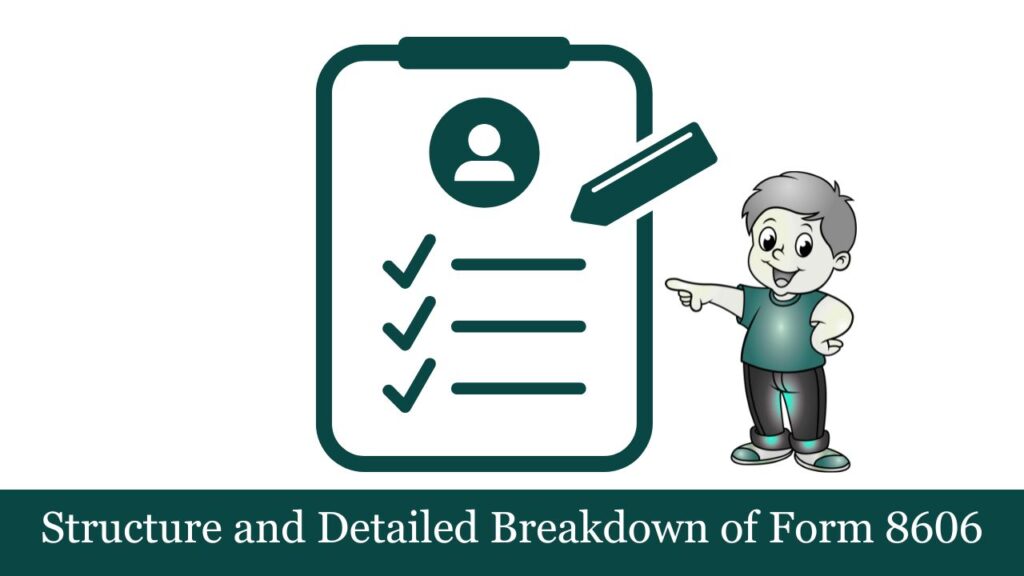
Form 8606 is divided into three sections, each designed to report different types of IRA transactions.
Part I – Nondeductible Contributions and Distributions from Traditional IRAs
This section tracks:
- The nondeductible contributions you made during the year.
- The total basis you have accumulated from previous years.
- Breaks down IRA distributions into tax-free return of basis and taxable income portions.
You must complete this section if:
- You made a nondeductible Traditional IRA contribution.
- You received distributions from any traditional IRA and have basis from previous years.
Key Lines Explained:
- Line 1: Reports current year’s nondeductible contributions.
- Line 2: Your total basis carried over from prior years.
- Line 14: Updated basis in Traditional IRAs after distributions.
- Line 15c: Reports the taxable amount of your IRA distributions.
Part II – Transfers from Traditional, SEP, or SIMPLE IRAs into Roth IRAs
This section reports and calculates:
- Roth conversions (when you move money from a pre-tax IRA to a post-tax Roth).
- The taxable portion of the conversion, especially if any part was previously taxed.
Why it matters: When you convert nondeductible IRA funds to a Roth IRA (such as with a backdoor Roth), it’s critical to ensure you don’t pay tax again on funds already taxed.
Key Lines:
- Line 16: Total amount converted during the tax year.
- Line 17–18: Determines the taxable amount after subtracting nondeductible basis.
Part III – Distributions from Roth IRAs
This section is only completed if:
- You took a non-qualified distribution from your Roth IRA (i.e., before age 59½ or before 5 years of the first contribution or conversion).
It calculates how much of the withdrawal:
- Comes from contributions (tax-free),
- Comes from converted amounts (may or may not be taxed), and
- Comes from earnings (likely taxable and subject to a 10% penalty).
How to File IRS Form 8606 – Step-by-Step Filing Guide
IRS Form 8606 is filed by taxpayers who need to report:
- Nondeductible contributions to Traditional IRAs,
- Conversions from Traditional to Roth IRAs,
- Or distributions from either type of account, particularly when tax treatment needs clarification.
This form ensures that the correct taxable and non-taxable amounts are reported and helps prevent double taxation of after-tax IRA funds.
Step 1: Determine Whether You’re Required to File Form 8606
Before preparing the form, confirm if any of these apply:
- You contributed to a Traditional IRA without claiming a tax deduction.
- You moved funds from a Traditional, SEP, or SIMPLE IRA into a Roth IRA through a conversion.
- You received distributions from an IRA and have a basis.
- You withdrew from a Roth IRA and it wasn’t a qualified distribution (e.g., before age 59½ or before meeting the 5-year holding rule).
If yes to any, you must file Form 8606.
Step 2: Gather the Required Documents and Figures
You’ll need the following information:
- IRA contribution records (Form 5498 or your own logs)
- Year-end IRA balances
- IRA distribution forms (Form 1099-R)
- Any previous Form 8606 filings to track carryover basis
- Roth conversion amounts
- Records of Roth IRA contributions and earnings, if applicable
Step 3: Complete Form 8606
Top Section: Identification
Fill in:
- Your full name
- Your Social Security Number (SSN)
Part I: Nondeductible Traditional IRA Contributions and Distributions
Use this part if:
- You made nondeductible contributions
- You took distributions from an IRA that includes nondeductible contributions
Fill out:
- Line 1: Report nondeductible contributions for the year
- Line 2: Unrecovered IRA basis from previous years (as shown on Line 14 of last year’s Form 8606).
- Lines 3–12: If you took a distribution, these lines calculate what portion is taxable vs non-taxable
- Line 14: New carryover basis
- Line 15c: Final taxable distribution amount – report this on Form 1040, Line 4b
Note: If you made contributions but didn’t take distributions, you’ll complete Lines 1–3 and skip to Line 14.
Part II: Declaring Roth IRA Conversions from Traditional, SEP, or SIMPLE IRAs
Use this part if:
- You converted IRA funds to a Roth IRA
Fill out:
- Line 16: Total amount converted to Roth IRAs during the year
- Line 17: Nontaxable portion (e.g., previously taxed basis)
- Line 18: Report the taxable amount of your conversion on Schedule 1, Line 8
Part III: Roth IRA Distributions (Non-Qualified Withdrawals)
Use this part if:
- You took a distribution from a Roth IRA that wasn’t fully qualified (before age 59½ or within the 5-year rule)
Complete:
- Lines 19–25: Break down whether the distribution comes from contributions, conversions, or earnings, and calculate any taxable portion and potential 10% early withdrawal penalties
Tip: Use Form 5329 to compute and report penalties separately if applicable.
Step 4: Attach Form 8606 to Your Federal Tax Return
- If filing Form 1040 or 1040-SR: Include Form 8606 as an attachment.
- If you are not otherwise required to file a tax return but still made a nondeductible contribution or had IRA activity requiring reporting, you can file Form 8606 by itself.
Standalone Filing Instructions:
- Fill out Form 8606 completely
- Sign and date the form at the bottom
- Include your phone number
- Mail it to the IRS using the appropriate address listed in the Form 8606 Instructions PDF
Step 5: Retain Supporting Documents for Your Records
Keep the following:
- Copy of Form 8606
- Form 5498 (IRA contributions)
- Form 1099-R (distributions/conversions)
- Year-end IRA statements
- Prior Form 8606s to track carryover basis
- Any correspondence related to IRA recharacterizations or rollovers
When and Where to File Form 8606
| Filing Type | Deadline | How to File |
| With Form 1040 | April 15 (or Oct 15 with extension) | Electronically or paper-filed with tax return |
| Standalone (no other tax return) | April 15 | Mail to the IRS with your signature |
How to Calculate IRS Form 8606 (with Example)
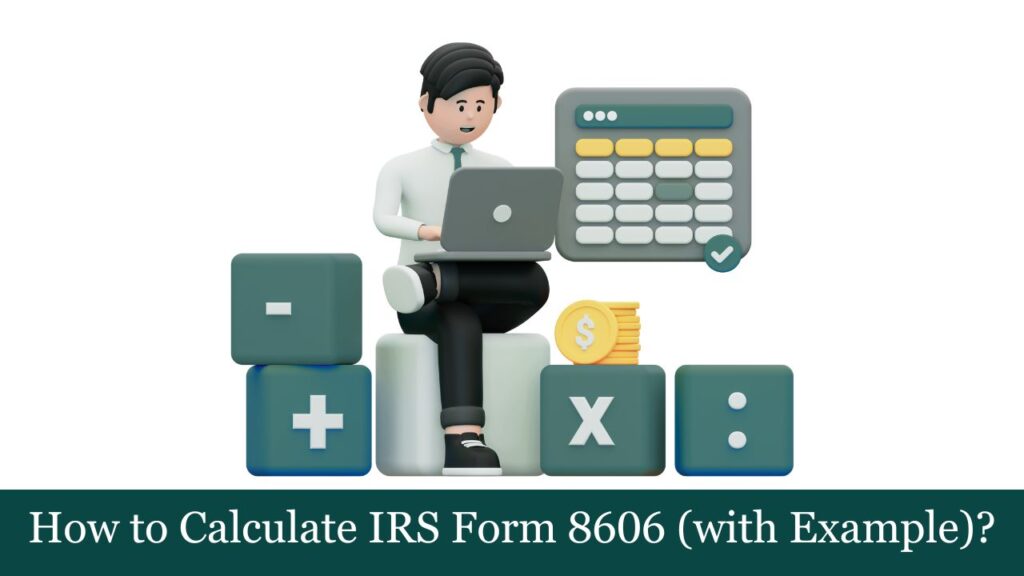
Part I: Nondeductible Traditional IRA Contributions and Distributions
What You Need:
- Total nondeductible contributions (current year)
- IRA basis from previous years
- Total value of all IRAs at year-end
- Total distributions taken (if any)
Formula for Tax-Free Portion of Distributions:
Tax-Free Amount = (Total Basis ÷ (Year-End IRA Value + Distributions)) × Total Distributions
This ensures that the nontaxable portion of a distribution is pro-rated across all IRA funds.
Example 1: Reporting a Nondeductible Contribution (No Distributions)
Scenario:
- You contributed $7,000 to a Traditional IRA in 2024
- You’re above the income limit for deduction, so it’s nondeductible
- You took no distributions
- You had no prior basis
Form 8606:
- Line 1: $7,000 (nondeductible contribution)
- Line 2: $0 (no prior basis)
- Line 3: $7,000
- Line 14: $7,000 (carryforward basis)
- Lines 4–15c: Skip (no distributions)
Tax Impact: No current tax, but future distributions will have a $7,000 basis carried forward.
Example 2: Traditional IRA Distribution with Prior Basis
Scenario:
- You previously made $10,000 in nondeductible IRA contributions (carryforward basis)
- You take a $15,000 distribution from your Traditional IRA
- Your year-end IRA balance is $85,000
Step-by-Step Calculation:
| Item | Amount |
| Prior Basis (Line 2) | $10,000 |
| Current Contribution | $0 |
| Distribution Taken | $15,000 |
| Year-End IRA Balance | $85,000 |
| Total IRA Value for Ratio | $85,000 + $15,000 = $100,000 |
| Tax-Free Portion | $10,000 ÷ $100,000 × $15,000 = $1,500 |
| Taxable Portion | $15,000 − $1,500 = $13,500 |
| Updated Basis (Line 14) | $10,000 − $1,500 = $8,500 |
Form 8606 Highlights:
- Line 2: $10,000
- Line 3: $10,000
- Line 13: $15,000
- Line 14: $8,500 (remaining basis)
- Line 15c: $13,500 (taxable income to report)
Tax Impact: You include $13,500 on Form 1040, Line 4b. You now have $8,500 of remaining basis.
Example 3: Backdoor Roth IRA (Conversion of Nondeductible IRA)
Scenario:
- You contributed $7,000 to a Traditional IRA (nondeductible)
- You immediately converted the full amount to a Roth IRA
- No prior basis or other IRAs
- No gains or losses before conversion
Form 8606 – Part I:
- Line 1: $7,000
- Line 2: $0
- Line 3: $7,000
- Skip distribution lines
- Line 14: $0 (no remaining basis — fully converted)
Form 8606 – Part II:
- Line 16: $7,000 (converted to Roth)
- Line 17: $7,000 (basis from Line 3)
- Line 18: $0 (taxable conversion amount)
Tax Impact: No taxable income from conversion. The entire $7,000 was after-tax.
Example 4: Roth IRA Distribution (Not Qualified)
Scenario:
- You’re under age 59½
- You take $5,000 from your Roth IRA
- You’ve contributed $20,000 total and have $4,000 in earnings
- Roth account was opened 3 years ago
Ordering rules:
- Contributions come out first → $0 taxable
- Conversions next → not applicable here
- Earnings come out last → in this case, no earnings withdrawn
Form 8606 – Part III:
- Line 19: $5,000
- Line 22: $0 (no earnings withdrawn)
- Line 25: $0 (no taxable portion)
Tax Impact: No tax or penalty due.
Example 5 : Nondeductible Contribution & IRA Distribution
Scenario:
In 2024, you contribute $7,000 to a Traditional IRA, but your income is too high to claim a deduction. You previously made $10,000 in after-tax IRA contributions. In 2024, you withdraw $14,000, and your year-end IRA balance is $70,000.
How to calculate:
- Total basis = $10,000 (prior) + $7,000 (current) = $17,000
- Total value = $70,000
- Nontaxable portion of the distribution:
($17,000 ÷ $70,000) × $14,000 = $3,400
- Taxable amount = $14,000 – $3,400 = $10,600
This ensures you only pay tax on the earnings, not on already-taxed principal.
Where the Final Amounts Go
| Line | Destination | Purpose |
| Line 15c | Form 1040, Line 4b | Taxable Traditional IRA distributions |
| Line 18 | Schedule 1 → 1040, Line 8 | Taxable Roth conversions |
| Line 23 | Form 1040 or 5329 | Taxable early Roth withdrawals |
Penalties & Compliance Rules for IRS Form 8606
IRS Form 8606 is crucial for ensuring accurate tax reporting of nondeductible IRA contributions, Roth conversions, and distributions. Failing to file it, or filing it incorrectly, can lead to significant penalties, double taxation, or audit exposure.
What Happens If You Fail to File Form 8606?
1. $50 Late Filing Penalty
- Penalty: If you’re required to file Form 8606 but don’t, the IRS may assess a $50 penalty per form per year.
- Waiver Possible?: Yes — the IRS may waive the penalty if you show reasonable cause and correct the issue promptly.
Example: You made a nondeductible contribution in 2023 but forgot to file Form 8606. If discovered during an IRS review, you may owe $50 unless you file it late and attach a reasonable cause statement.
2. Double Taxation Risk
- If you don’t track nondeductible contributions, you may be taxed twice:
- Once when you contribute (no deduction)
- Again when you withdraw, because the IRS treats it as 100% taxable without proof of basis
Example: You contributed $6,500 after-tax, didn’t file Form 8606, and years later took a $10,000 distribution. The IRS may tax the full $10,000—even though $6,500 had already been taxed.
3. Errors in Roth Conversions
- Failure to report Roth conversions accurately on Form 8606 can result in:
- Underreporting of income
- IRS notices or audits
- Inaccurate cost basis on future Roth IRA withdrawals
4. Audit Risk and Accuracy Penalty
- Misreporting IRA basis or conversion income may lead to:
- IRS audit or correspondence exam
- 20% accuracy-related penalty on the underpaid tax if substantial
5. Excise Taxes via Related Forms
- If you underreport early distributions or don’t properly report earnings from non-qualified Roth distributions:
- You may owe 10% early withdrawal penalties, calculated on Form 5329
- Additional 6% excise tax if you overcontribute and fail to correct
Missed a Prior Year’s Form 8606? Here’s How to Fix It
If you realize you didn’t file Form 8606 in a previous year:
- Submit Form 8606 separately for that specific tax year, even if no other return is required.
- Include your name, SSN, and the relevant information.
- No need to file a full amended return unless there are other changes.
- Keep thorough records for your own protection.
Conclusion: Why Filing Form 8606 Is Essential
IRS Form 8606 is not just another line item—it’s your primary shield against double taxation in retirement. It ensures that the IRS recognizes and respects your after-tax IRA contributions, protects you from excess taxation, and supports advanced strategies like the backdoor Roth IRA.
Whether you’re a casual investor or a high-income professional optimizing retirement savings, Form 8606 ensures:
- Accurate tax deferral or exemption
- Preservation of after-tax contributions
- Smooth Roth IRA conversions
- Proper reporting of distributions
Frequently Asked Questions (FAQs)
Who must file Form 8606?
Anyone who made nondeductible IRA contributions, converted to a Roth IRA, or took a distribution from a Traditional or Roth IRA with after-tax money.
What is the penalty for not filing?
A $50 penalty may apply. You may also risk double taxation.
Is it possible to file Form 8606 on its own without submitting a full tax return?
Yes, Form 8606 can be filed standalone if you’re not otherwise required to file.
Where do I report the taxable amounts?
-Traditional IRA distribution → Form 1040, Line 4b
-Roth conversion → Schedule 1 → Form 1040, Line 8
What is IRA basis?
It’s the after-tax amount you’ve contributed to your IRA—tracked annually on Form 8606.
What should I do if I missed filing Form 8606?
File Form 1040-X with the missed 8606 and include a reasonable cause statement.
